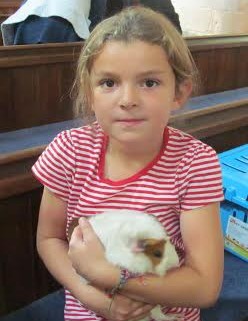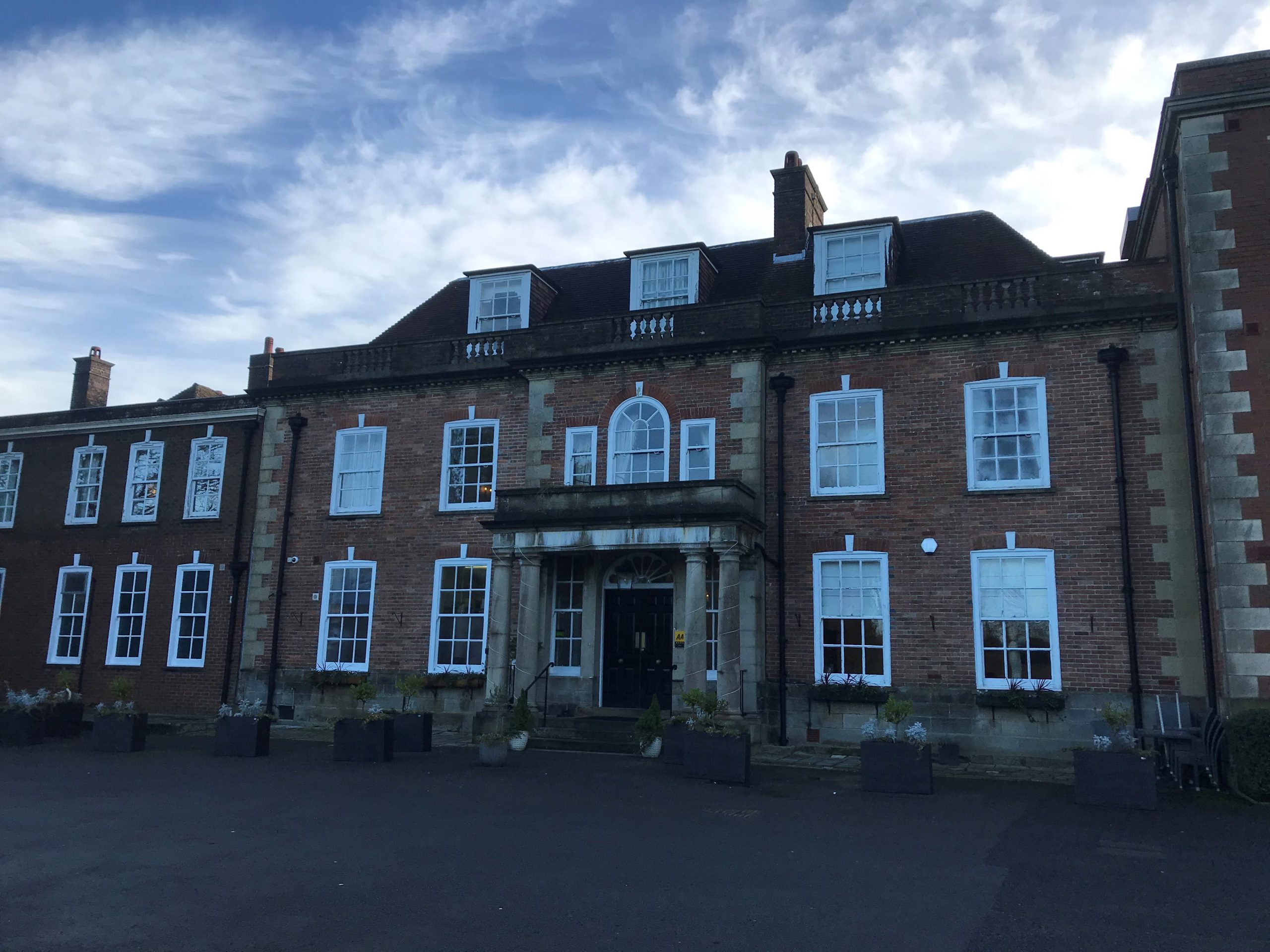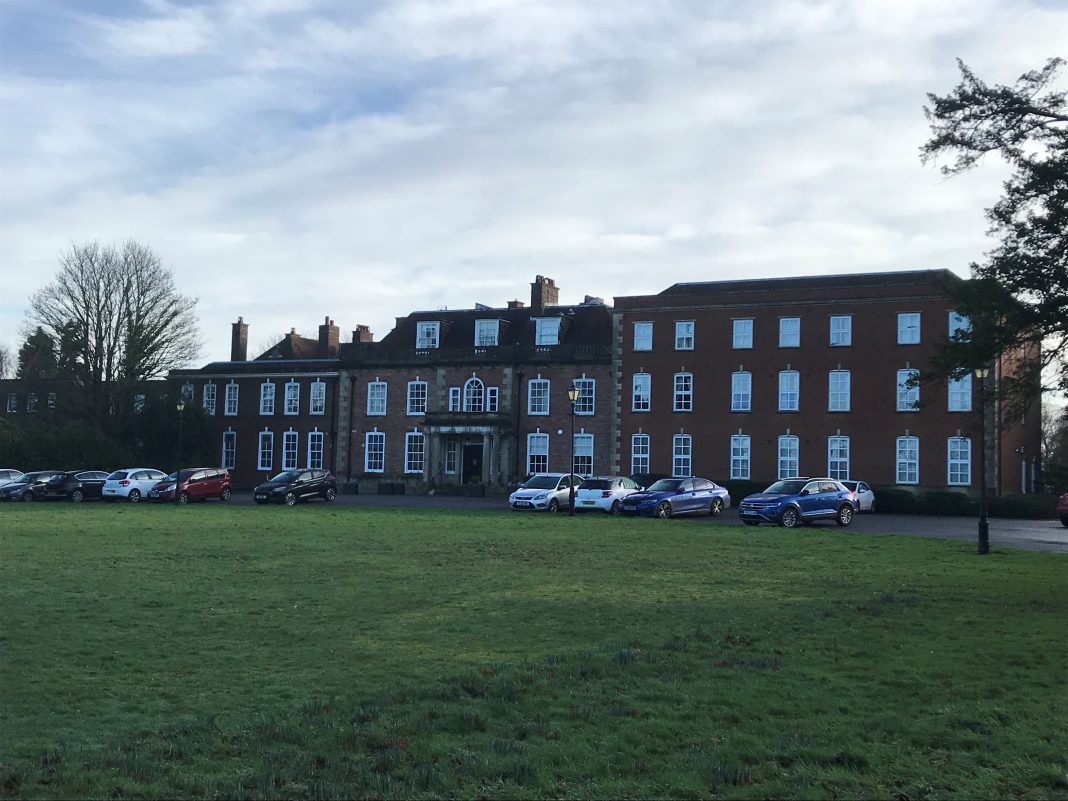In the early 19th century Beauport Park near Hastings was the country home of the Lamb family. Charles Lamb, born in 1816, was a lonely child. At the age of seven he created the Kingdom of Winnipeg for his guinea pigs Minnikin, Pin and Toby. They were the fashionable pet of those days. In 1823, Charles, who was obsessed with chivalry and tournaments, wrote to his mother, telling her that he would be writing a story about his pets. He then wrote The History of Winnipeg from the foundation to the present time BY ROYAL COMMAND. Drawn from his vivid imagination and, as he wrote, “from an ancient illumined parchment entitled Register of Zeylor which hath lately been discovered.”

This work eventually filled eight red and green leather notebooks, a total of 16,000 words. It was illustrated with coloured pictures of armoured guinea pigs taking part in tournaments, with others dressed as members of a royal family, living their little lives in the castle. He included their family trees and coats of arms, showing their line of descent back to ancient Greece and Rome. While he was writing their history, the estate carpenter was building a walled city for the expanding troupe of guinea pigs, known as peeks. They now had a king and queen, Geeny and Cavia. Charles’s book expanded to show a map of the walled city, six pyramid tombs, a monument and two other cities called Farai and Leila. The main hutch, topped with heraldic banners, was called Cabbage Castle.
By 1830, Winnipeg had hundreds of tiny residents. After death they were given a proper funeral, in the expectation that they would rise as knights after 20 years. Lamb was worried about the peeks when sent to school at Eton. He wrote to his mother: “I hope the guinea pigs are all well, you should put them into some warm place, now the cold weather has come on, or they will all die! Every man jack of them; would that not be a pity?” He was concerned about his own welfare in the cold weather, fearing frostbite in his toes, so he asked to leave school. This he did, toes intact. None of the peeks perished.
As an adult, Charles took part in the Eglinton tournament in 1839, a Victorian re-enactment of a medieval tournament. In true British style it was washed out by torrential rain, becoming a muddy, expensive flop. The adult Lamb, described as ‘whimsical, sometimes lovable, often tiresome and with a childish streak,’ modelled himself on the Knight of the White Rose. He spent time preparing by sitting in meditation by the graves of his own Knights of the White Rose, Turkwine, Earl of Newton and Prince Heliodorus of Rarriburn. It is perhaps fortunate that Charles knew nothing of the hobby of Lady Seymour, Queen of the Tournament. Unusually for someone of her background she enjoyed cooking. Her special dish was roasted guinea pig!

Beauport Park is now a popular hotel and spa. Very little of Winnipeg remains, just a fragment of the castle and a piece of bridge. Sadly, Charles’s own life was nothing like his peeks or knights. His step-brother wrote that: “he became almost an infidel, he never went into society, and spent his time entirely in the country among his shells, insects and guinea pigs, of which collection he had several hundred. Of his unfortunate marriage and miserable end I shall speak afterwards. With all his faults he was a fine, honourable fellow, and I was very fond of him.” He died aged 40, blind and alone, abandoned by his wife and father, in a small cottage near Eglinton Castle, scene of the washed out tournament.
Image Credits: Nick Forman , Rye News library .



